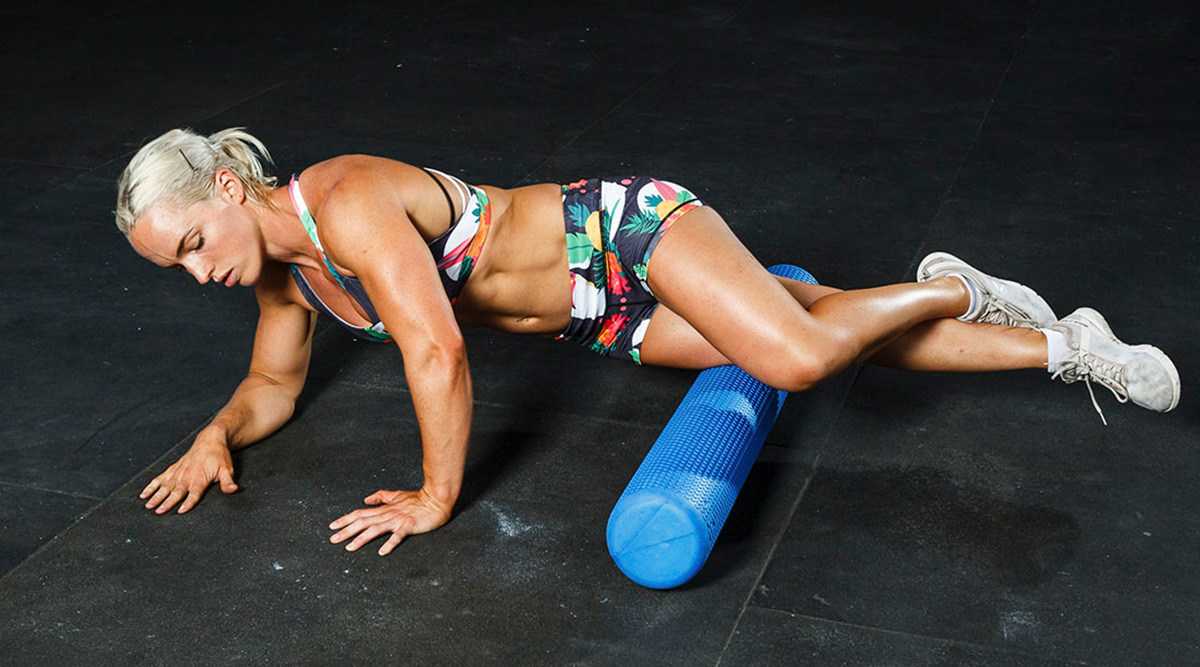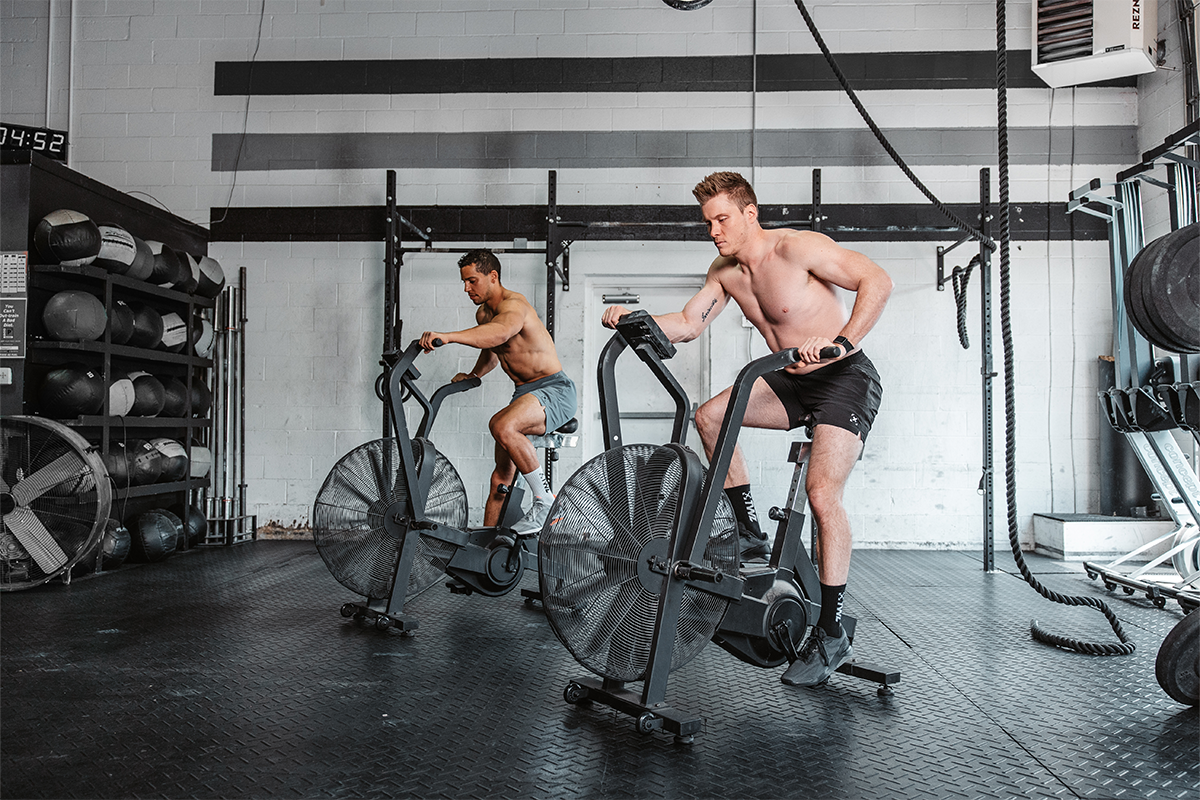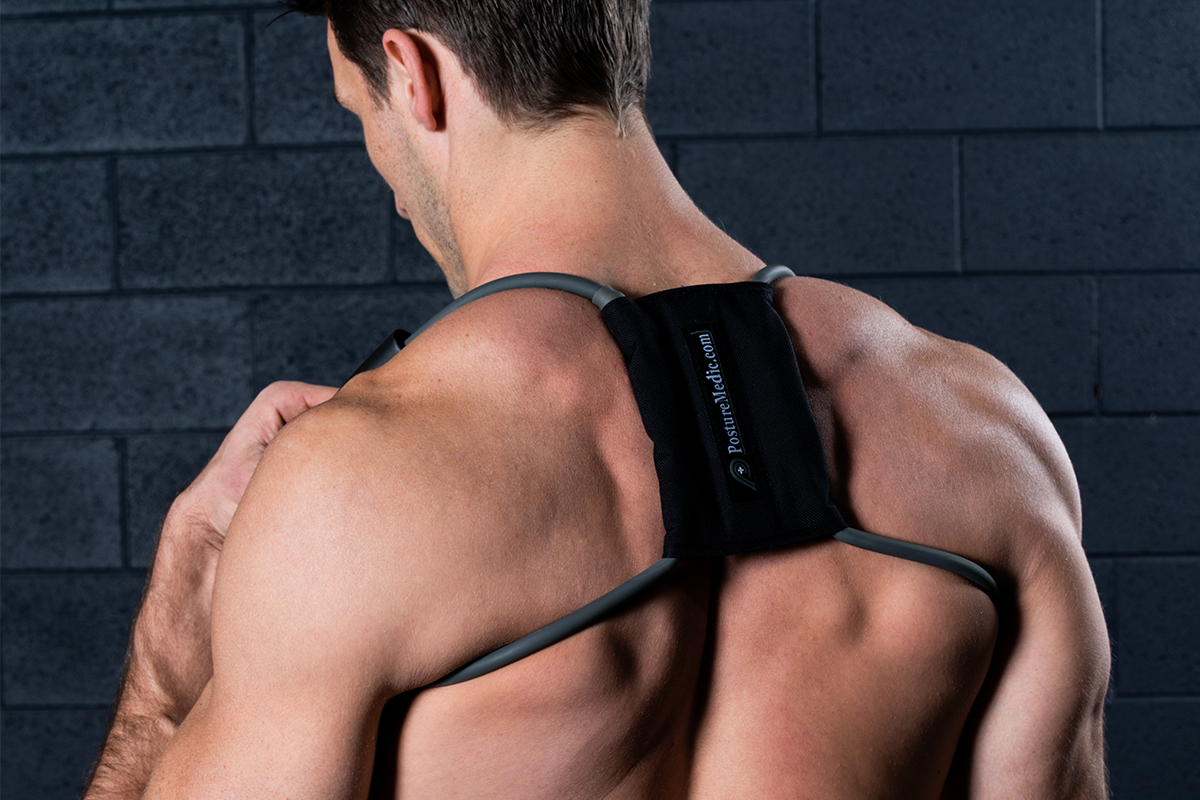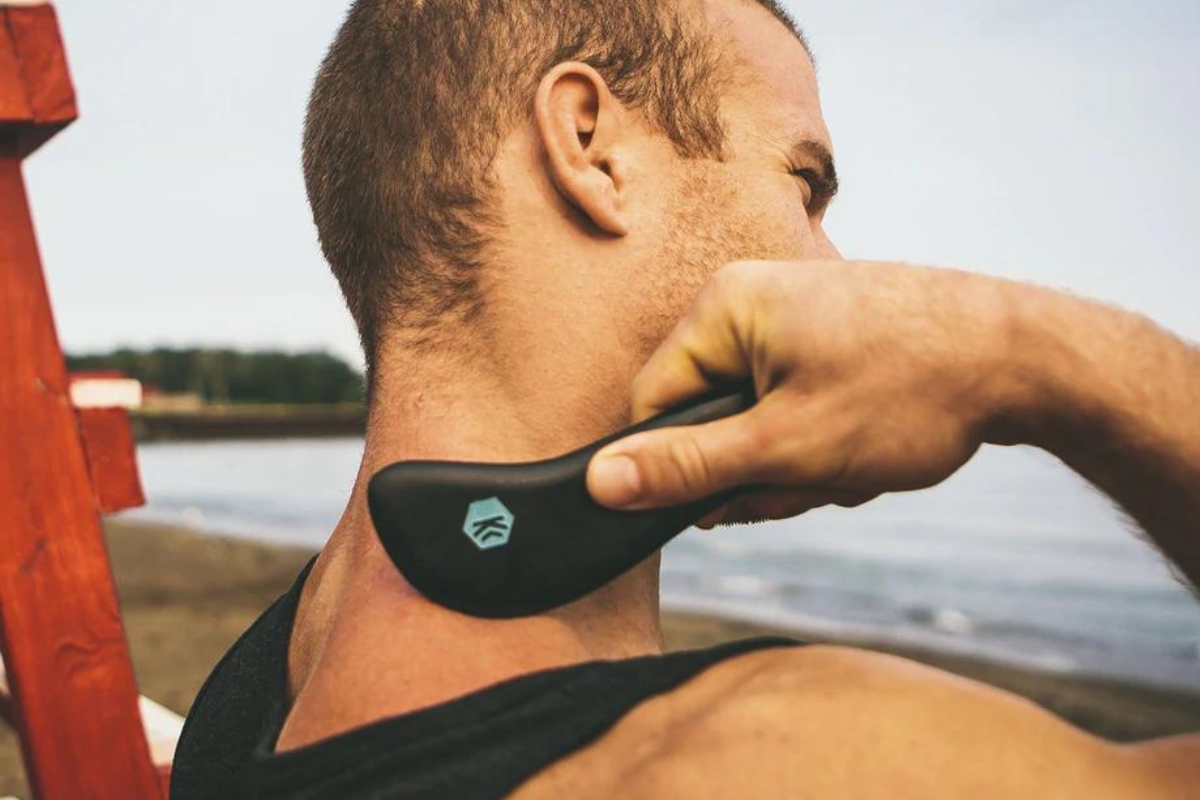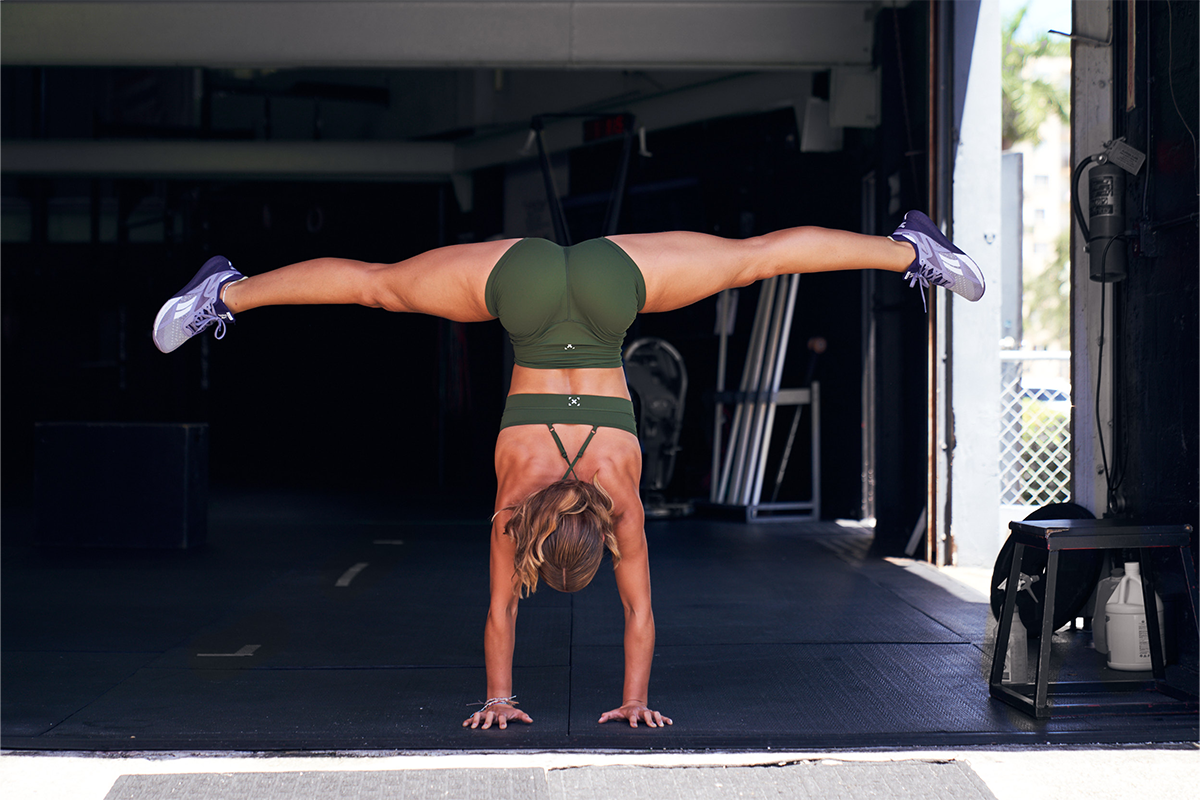You know what foam rollers are. Your gym usually has a stash and you have used them for mobility work. After a long day of jumping, you probably rolled out your calves and felt some tension release. But what is actually happening when you do foam rolling? Is there any science to support rolling out after heavy back squats and deadlifts? How is it different from plain old stretching?
How Does Foam Rolling Work?
Stiffness, Soreness, and Immobility
Overhead squats are not in your wheelhouse. Whenever you stick your arms up in the air and try to squat down, you either lean way too far forward or start to topple over. You feel tightness in your shoulders and lower back.
Chances are, if you have done functional fitness for any amount of time, you have experienced something like this. You have tried to perform a movement and found yourself incapable of it not because of weakness but because of immobility. Whether or not you have noticed it, this immobility may have caused you to rely on muscles or joints that are not supposed to be major players in that movement. Your lower back starts to tweak out and you feel a twinge of pain in your shoulder. Soon that area is both stiff and sore.
https://www.instagram.com/p/B9Lw9q6noMl/
Throughout your body, connective tissues, called fascia (pl. fasciae), provide support, stability, and cushioning to your muscles, bones, and organs. When fascia in any area of the body becomes restricted — whether due to poor posture, improper movement, or some other reason — it causes tension that can spiderweb outward, causing poor muscular biomechanics, changing the body’s structural alignment, and over time damaging strength, endurance, and coordination.
If you have immobility, you probably won’t overcome it until the restricted fascia is released. If you’re stiff or sore because of poor mechanics caused by immobility, releasing your fascia should be your first step in fixing the problem.
Fascial Release
Myofascial release is a hands-on massage technique that works to stretch the fascia and release it from its sticking points. The technique has been around for several decades and can be done by a therapist or you can do it yourself with the help of foam rollers and lacrosse balls.
- Gently work on the problem area until you identify the spot of tension.
- Apply pressure at that spot and hold until the tissue releases.
- Follow the released tissue into a new spot of tension and hold pressure there.
- Continue as necessary.
By applying myofascial release, you can restore comfort and mobility to problem spots while identifying weaknesses to work on as you improve your mechanics.
Benefits of Foam Rolling
Foam rolling is a method of self-myofascial release that enables you, the athlete, to release restricted fascia without visiting a therapist. Because foam rolling is a form of myofascial release, it’s no surprise studies have shown foam rolling improves range of motion, but its benefits go beyond increased mobility.
Studies have found foam rolling is beneficial both before and after a workout, especially in combination with stretching. Foam rolling has also been shown to reduce delayed-onset muscle soreness and, in doing so, reduce the loss of muscle performance in subsequent hard and heavy workouts. In fact, one study found foam rolling actually improved vertical jump height and muscle activation in 20 resistance-trained male subjects. Another study found foam rolling reduced arterial stiffness and improved vascular endothelial function, thus having favorable effects on blood flow.
All of these factors point to the conclusion foam rolling is not only good for mobility but also an ideal method of recovery.
Whether you are dealing with stiffness and soreness due to immobility and poor mechanics or you simply don’t want to be too sore to walk tomorrow, hit the foam roller (and maybe the lacrosse ball, too) for a 20-minute session of self-myofascial release. Your body will thank you.

